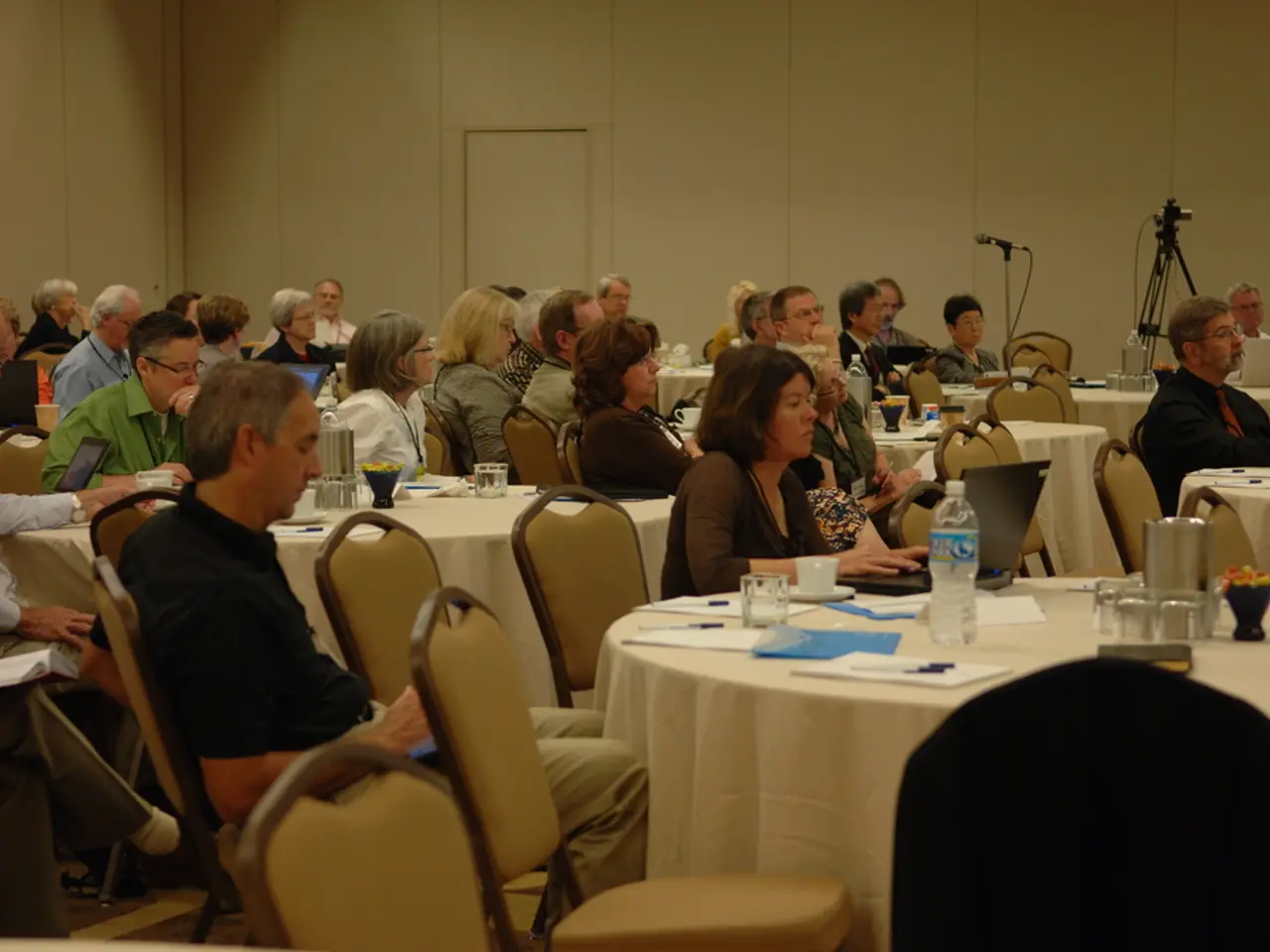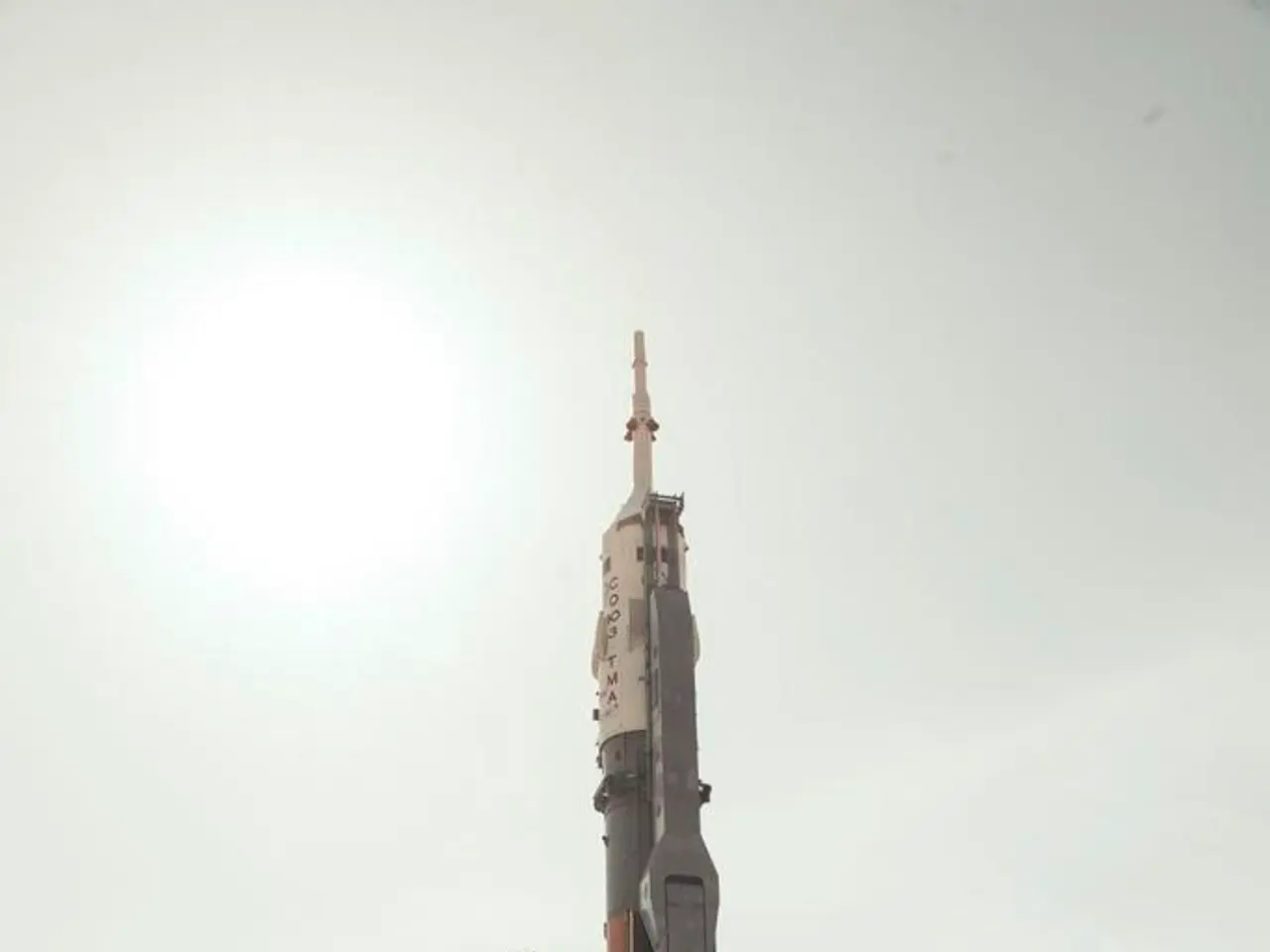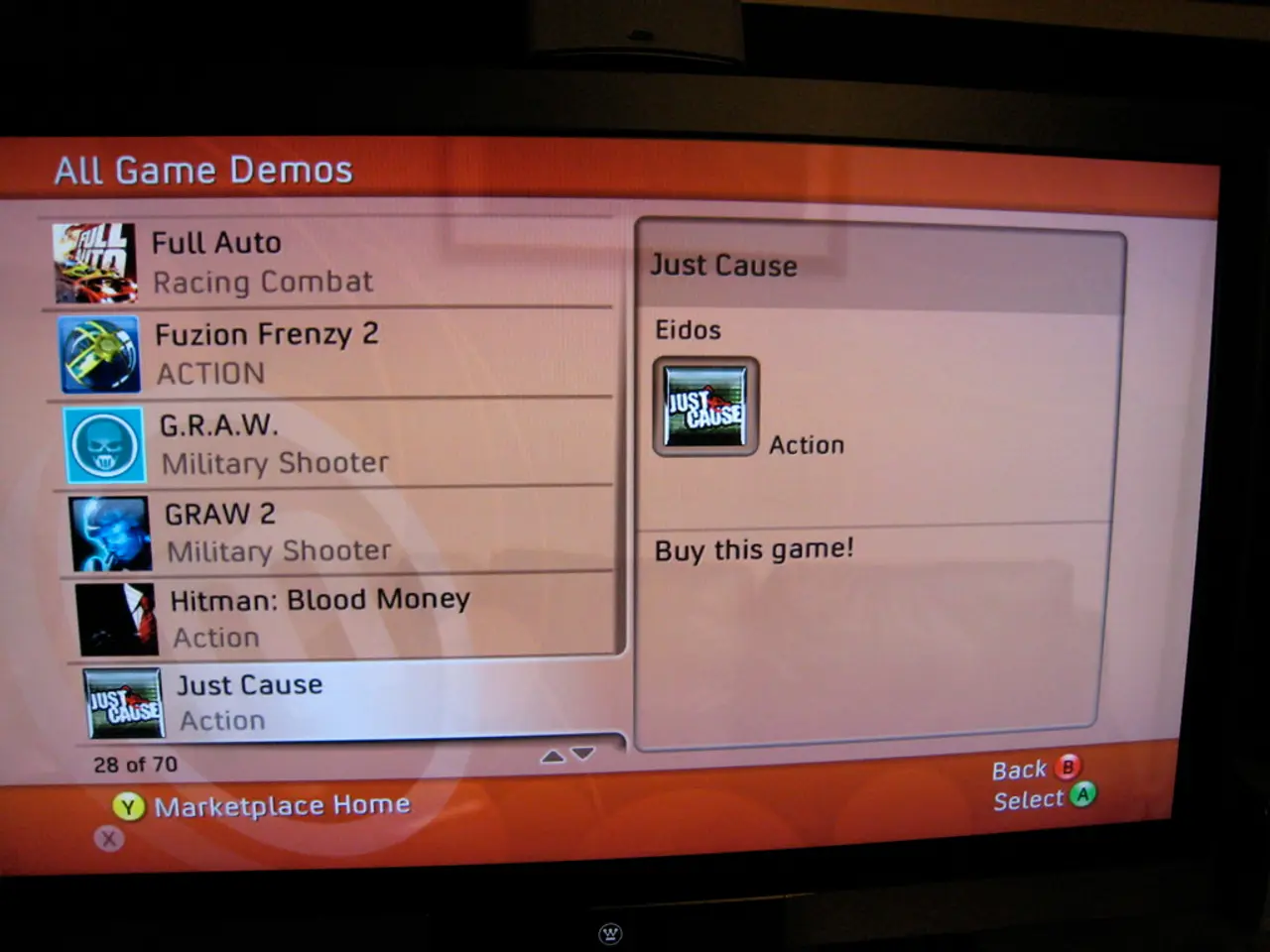International Satellite-Derived Bathymetry Conference Day 2, 2021 - Third Edition of the Global Gathering for Satellite Depth Measurement Research and Applications
In the face of the global pandemic, the Satellite-Derived Bathymetry (SDB) Day conference transitioned to a virtual format, maintaining its significance as a platform for sharing scientific advancements and fostering international cooperation in the field of satellite-derived bathymetry.
Evolution and Expansion
Originally a technical workshop, SDB Day has evolved over the years, expanding both in scope and format. It now includes keynote presentations, panel discussions, and open forums, catering to a broader global audience. The conference has transformed into a hybrid event, allowing simultaneous in-person and virtual participation, thereby increasing its global accessibility.
Global Participation
The attendees of SDB Day 2021 hailed from various corners of the globe, including North America, Europe, Asia, and Oceania. The profile of participants has widened from primarily academic researchers to include government agencies, private sector experts, and international organizations involved in marine mapping, environmental monitoring, and coastal management.
Keynote Speakers and Topics
Leading scientists from agencies like NOAA, USGS, NASA, and international space agencies, as well as pioneers in satellite remote sensing technologies, delivered keynote speeches at the conference. Topics ranged from advances in satellite missions relevant to bathymetry, such as ICESat-2, to novel methodologies, uncertainty quantification, integration with hydrological or ecological models, and operational applications like coastal hazard assessments.
Future Developments
The future of SDB Day is set to emphasize interdisciplinary integration, with a focus on coupling satellite data with oceanographic, ecological, and socio-economic datasets for improved coastal resilience planning. Advances in satellite technology, including higher resolution sensors and machine learning for data analysis, are a focal point for upcoming presentations. There is also growing interest in expanding workshops and collaborative projects during the conference to address practical challenges such as sea-level rise vulnerability and natural disaster preparedness on a global scale.
Uncertainty Reduction and Best Practices
Approximately two-thirds of conference participants identified reducing uncertainties as an important future development. There was also a significant interest in contributing to the development of best practice and standards for SDB. The SDB Day 2021 marked the announcement of EOMAP Indonesia, a 100% local entity, furthering the commitment to global collaboration and interdisciplinary integration.
The recordings of the two virtual SDB Day events are accessible free of charge at SDBDAY.org. The event was attended by 250 participants from more than 30 countries.
[1] Remote Sensing in Oceanography and Hydrography: State of the Art and Future Perspectives [2] Satellite-Derived Bathymetry: A Review of Advances and Challenges [4] Satellite-Derived Bathymetry for Coastal Zone Management: A Comparative Study of Methods and Applications
- Given the growing interest in expanding workshops and collaborative projects during the conference, future SDB Day events might focus on addressing practical challenges such as sea-level rise vulnerability and natural disaster preparedness on a global scale, utilizing advances in satellite technology like higher resolution sensors and machine learning for data analysis.
- The profile of SDB Day participants has expanded over the years, incorporating not only academic researchers but also government agencies, private sector experts, and international organizations involved in fields related to environmental sciences, marine mapping, environmental monitoring, and coastal management, as demonstrated by the presence of leading scientists from agencies like NOAA, USGS, NASA, and international space agencies, as well as pioneers in satellite remote sensing technologies.




